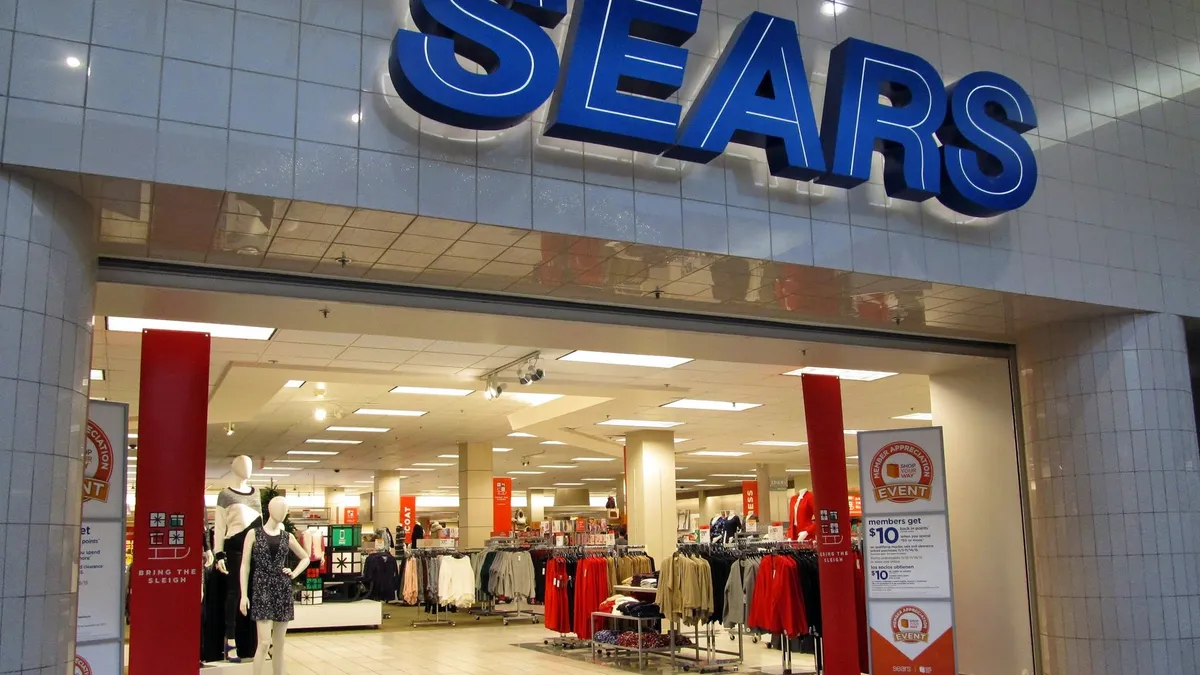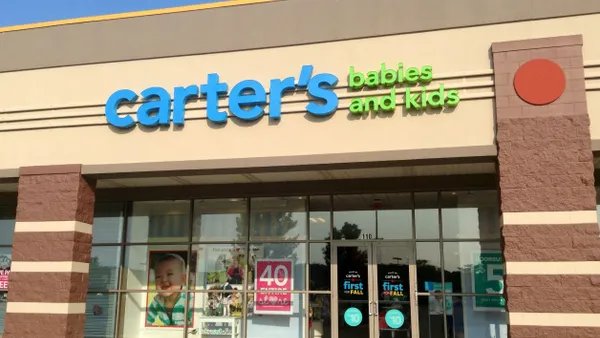Dive Brief:
- The ultimate fate of Sears Canada, which filed for creditor protection in June, is still up in the air. ESL Partners, the hedge fund run by Sears Holdings CEO Eddie Lampert, and Fairholme Capital Management announced Monday in a press release they are “evaluating, discussing and considering a potential negotiated transaction” with Sears Canada and its subsidiaries.
- Details of a deal around the Canadian department store retailer were left vague. The investment funds said only that they “may engage” in discussions of a transaction that involve Sears Canada that could include “financing transactions, purchase and sale transactions or restructuring transactions.” Sears Canada did not respond to requests for comment from Retail Dive.
- ESL and Lampert own about 45% of Sears Canada while Sears Holdings, which spun off Sears Canada in 2014, owns another nearly 12%. Fairholme owns 20.8% of the Canadian retailer, according to Reuters figures cited by Bell Media.
Dive Insight:
Sears Canada filed for creditor protection, similar to Ch. 11 bankruptcy protection in the U.S., with a plan to close 60 stores, shed assets and layoff employees in an attempt to buffer its balance sheet and emerge as an operating retailer. The plan came just days after Bloomberg reported the company was likely bound for liquidation. Ambiguous news of a possible sale of the company and/or its assets complicates the company’s already knotty financial situation and deep relationship to Lampert and Sears.
On a call with analysts Monday, Bruce Berkowitz, founder of Fairholme, said he saw value in Sears Canada as an ongoing concern. “Right now, we are carefully examining the filings by Sears Canada and exploring all options,” Berkowitz said, according to a transcript of the call published by the fund. “We want to make sure that the company is able to maximize the value of its assets for the benefit of all stakeholders, including us, the common shareholders. This process is expected to last for a few months. We’ll know soon enough.”
After five years of operating losses and negative cash flow, the Canadian retailer said in a June 13 release that “cash and forecasted cash flows from operations are not expected to be sufficient to meet obligations coming due over the next 12 months.” Prompting the statement were negotiations with lenders for a liquidity injection that fell short of the retailer’s needs.
Even after the company issued going concern language, the company said it had made progress in a turnaround effort. “Sears Canada rebuilt its front and back-end technology platform, redefined its brand positioning, revamped its product assortment, and rebooted its customer experience and service standards” leading to an increase in same-store sales in the previous two quarters, the company said.
But, the company added at the time, financial pressure from debt and other liquidity stresses had stalled the turnaround efforts and threatened the company's chances of survival.














